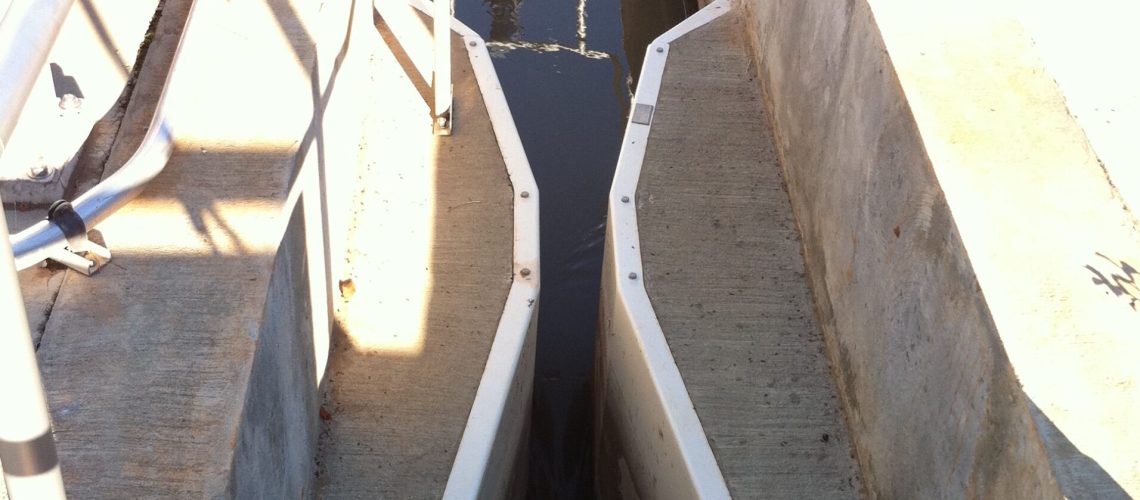Sewage flow monitoring can be a dirty job, but it doesn’t have to be a difficult one. When you utilize a flume with a manhole, flow rate measurement in sewage flows is fairly easy. You just need to make sure you’re using the right kind of flume design for your specific flow channel needs. Learn about all the best flumes to use in a sewage flow, and discover the benefits of each of the top options.
Palmer-Bowlus Flumes
In most cases, the Palmer-Bowlus flume is your best bet for sewage flows, as that’s what it was specifically designed for. You’ll find convenient inline installation with existing piping, and the flume is largely self-cleaning, provided that the flow is intense enough. Additionally, you can opt for short-length or other versions depending on whether you need a retrofit, an insert or entirely new construction. Just remember that they require long upstream pipe runs.
Parshall Flumes
The Parshall flume is the most well-researched flume design there is. With so much research and investigation pumped into this flume, it has been discovered how effective it is for sewage flows. As long as the throat width is at least 3 inches wide, you don’t have to worry about clogging, as these flumes pass solids easily. Given these flumes’ popularity, most operators are already familiar with how they work. Additionally, extensive research makes it easy to make adjustments in the equation for any alignment shifts.
Trapezoidal Flumes
While trapezoidal flumes were originally designed to deal with flashy streams, they work quite well when applied to sewage flows. They can pass solids fairly well, and the outward V-shape of the opening allows any potential clogs to be pushed through by the subsequent flow. The flume is flat-bottomed as well, so you don’t have to worry about setting it above the pipe inverts. It’s important to remember, however, that trapezoidal flumes have to be considerably wide to deal with increased flow rates. Because of this requirement, they may not fit into existing manholes, though that’s not a problem if you’re looking for a new build.
Cutthroat Flumes
Cutthroat flumes can be quite adept at handling sewage flows because solids pass well and clogging isn’t a concern provided that the throat is at least 3 inches wide. This design also makes it easy to determine the head and flow rate, so taking proper measurements is easier. Even making alterations to the equation for misalignment is fairly simple. Make sure any operator using it, however, knows it’s a cutthroat flume, as it looks fairly similar to the much more common Parshall flume.
Sewage Flow Flumes From Tracom
Now that you know the best flumes to use in a sewer flow, it’s time to get your hands on one of your own. At Tracom, we offer a wide variety of flume styles suitable for sewage flows, with plenty of customization options available for your unique flow conditions. Contact us today to find the perfect flume for your needs.



